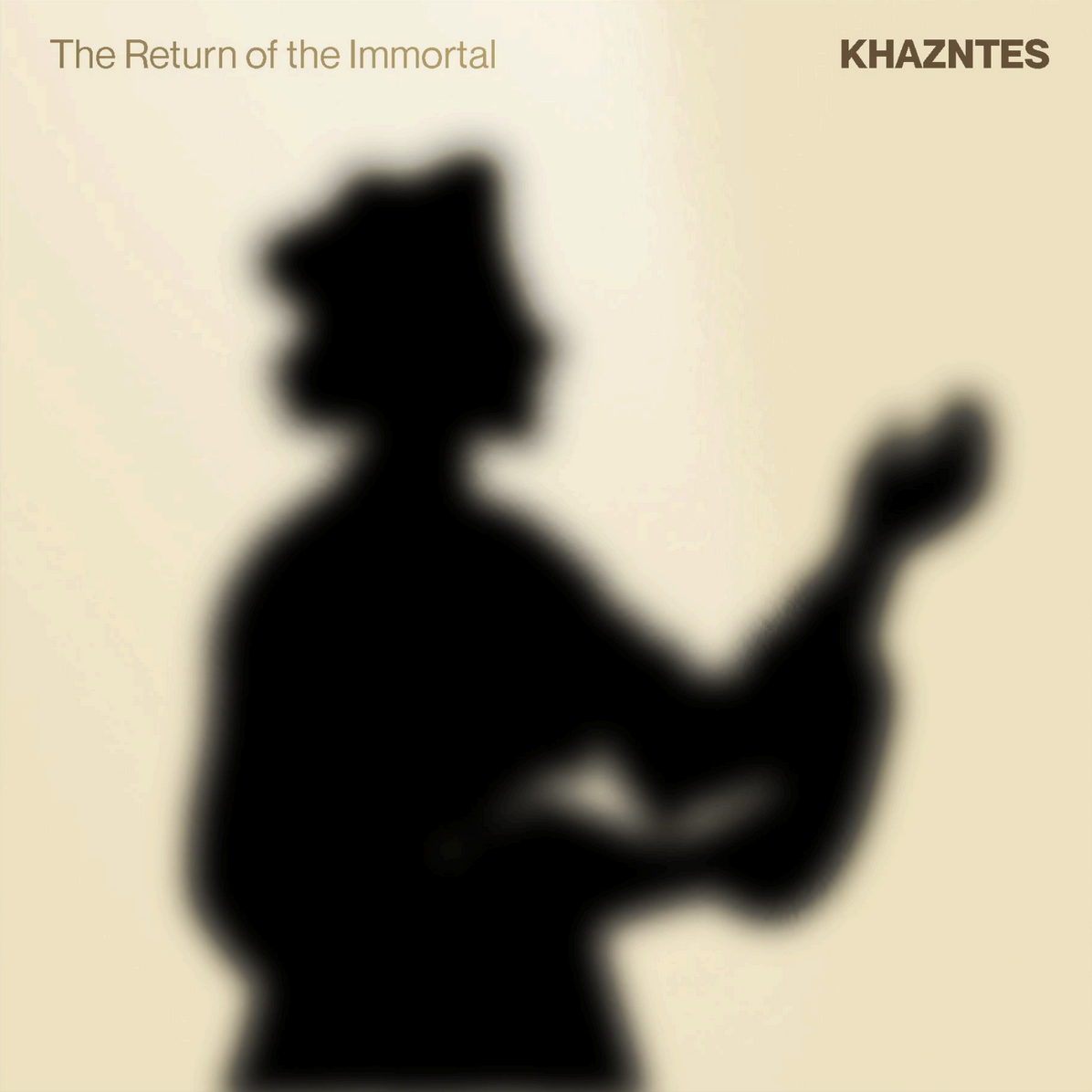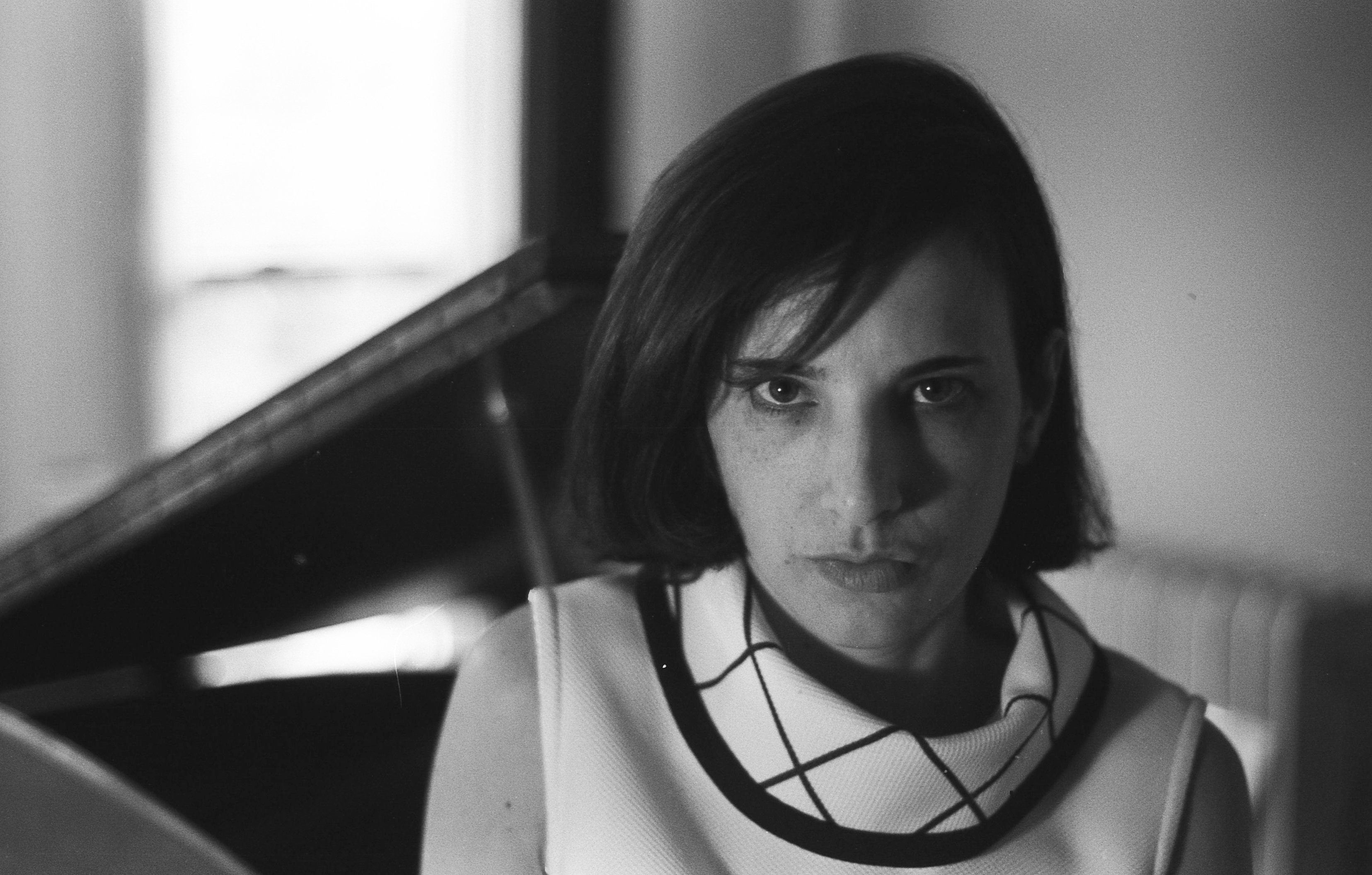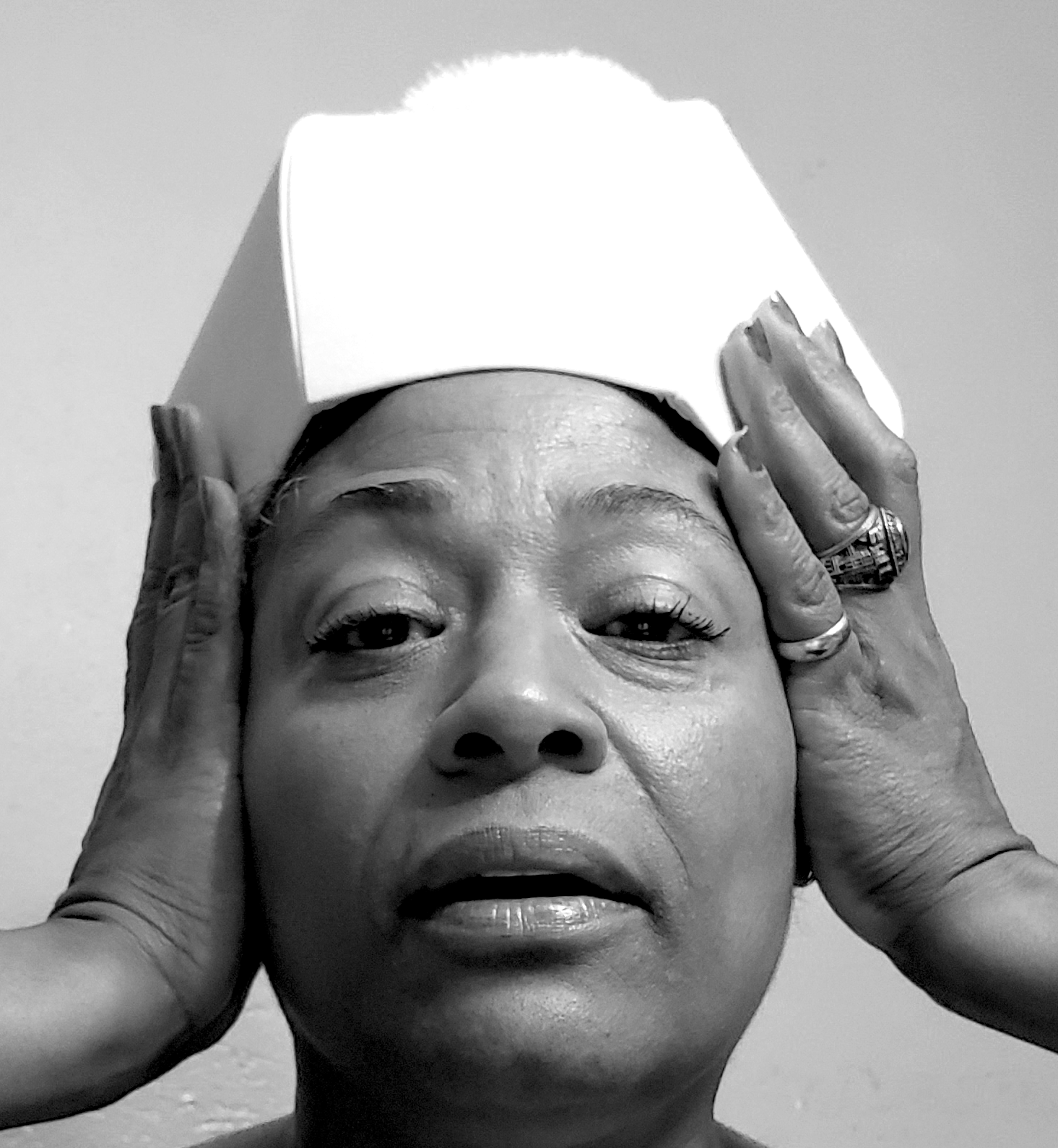
The Return of the Immortal Khazntes
Judith Berkson, Riki Rose, Rachel Weston and Shahanna McKinney-Baldon
Buy the album now on vinyl or digital formats
Official release date: December 2025.
Album cover art by Tomasz Jurecki.




Side A
1. V’hu Yashmiyeynu - Judith Berkson (with Kronos Quartet)
2. Acheynu - Riki Rose (Judith Berkson, organ)
3. Retsey B’menuchaseynu - Rachel Weston (with Fran & Flora)
4. Zorea Ts’dokos - Shahanna McKinney-Baldon (Stephanie Lippert, piano)
5. Retsey - Judith Berkson
Side B
6. Ikh Benk Aheym - Rachel Weston (with Fran & Flora)
7. Habeyn Yakir Li - Judith Berkson
8. V’hu Rachum - Riki Rose (Judith Berkson, organ)
9. Sim Shalom - Rachel Weston (with Fran & Flora)
10. Berditchever Kaddish - Shahanna McKinney-Baldon (Stephanie Lippert, piano)
Executive Producers – Jeremiah Lockwood and Judith Berkson
Mixed by Vince Chiarito at Hive Mind Recording, Brooklyn, NY (except track 1)
Mastered by Andy VanDette
Funded in part through a grant from the Taube Center for Jewish Studies at Stanford University.
Track 1
Kronos Quartet
David Harrington - violin, John Sherba - violin, Hank Dutt - viola, Paul Wiancko - cello
Engineered and mixed by Scott Fraser
Tracks 2 and 8
Engineered by V. Chiarito at Hive Mind
Tracks 3, 6 and 9
Produced by Francesca Ter-Berg
Flora Curzon - violin / electronics / background vocals (on Ikh Benk Aheym)
Francesca Ter-Berg - cello / background vocals (on Ikh Benk Aheym)
Engineered by Jordan Parry at Total Refreshment Centre, Hackney, London
Tracks 4 and 10
Engineered by Guy Fiorentini at Fly Studios, Milwaukee, WI
Tracks 5 and 7
Berkson accompanies herself on organ
Engineered by Gabe Roth and Anthony Masino at Penrose Studio, Riverside, CA
Once upon a time there was a certain kind of person in the world, the khazn, who sang a style of sacred music that was both a form of art and a devotional practice. The sounds of khazones (cantorial music) were the central musical aesthetic of Yiddish speaking Jews in Eastern Europe and the secondary diaspora in the Americas. When the music of the khazn collided with the era of mass media, cantorial records became a wildly successful pop music form. The phonograph, radio and Yiddish theater stage created opportunities for women to publicly perform khazones, a role previously restricted from them.
Khazntes, women performers of khazones, were popular artists in the New York Jewish music scene of the early decades of the 20th century. Sophie Kurtzer, the first khaznte to achieve a mass audience, made records in 1924, among the first performers to record cantorial music in the United States. Kurtser’s Habeyn Yakir Li, appears on this album, revived by Judith Berkson. Fraydele Oysher, one of the indelible stars of the Yiddish stage, was known as a show stopping performer of khazones. Her brother Moishe’s V’hu Yashmiyeynu starts off the album in an outstanding arrangement by Berkson accompanied by the Kronos Quartet. Goldie Malavsky, the daughter of one of the phonograph era cantorial stars, was the lead soloist in a family choir that led services around the country, but in music venues and social halls, outside of the purview of rabbinic authority. Her sui generis take on the Yiddish theater standard Ikh Benk Aheym is heard here from British Yiddishist and cantor Rachel Weston, in collaboration with the sounds of folk string duo Fran and Flora. Goldye Steiner was the only known African American khaznte. Steiner’s life and work inspires the creativity and imagination of Shahanna McKinney-Baldon’s khazones. Speaking to the gender defying sound of the khazntes vocal performance, Riki Rose sings two standards by Yossele Rosenblatt, the biggest star of the cantorial phonograph era and perhaps the best-known artist in the genre.
The Return of the Immortal Khazntes pulses with possibilities for the future of khazones. In an era when questions about how to express the identity of a collective emerge out of the intersection of multiple urgent political and social crises, the khazntes offer a new set of answers. Their voices blur boundaries between aesthetics and the sacred, between male and female, utterly disarraying hierarchies of power in the realm of ritual and communal memory. In the past fifty years, women have moved into the clergy in the liberal American synagogue movements, creating a sense of women’s power as the future of religion. The against the odds professional and artistic triumphs of the khazntes show us that the past too was female. The visionary musicians heard on this album breathe new creative life into artistic lineages that have been lost from the mainstream. Khazones Underground lives.
Liner notes by Jeremiah Lockwood